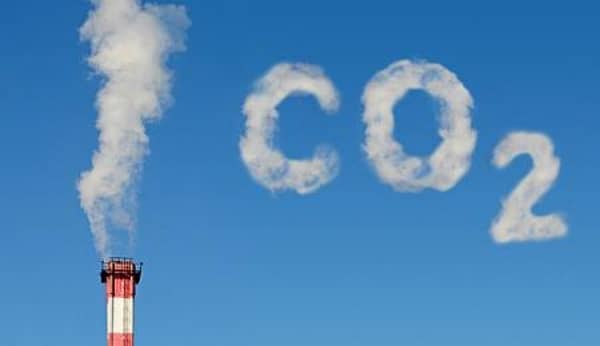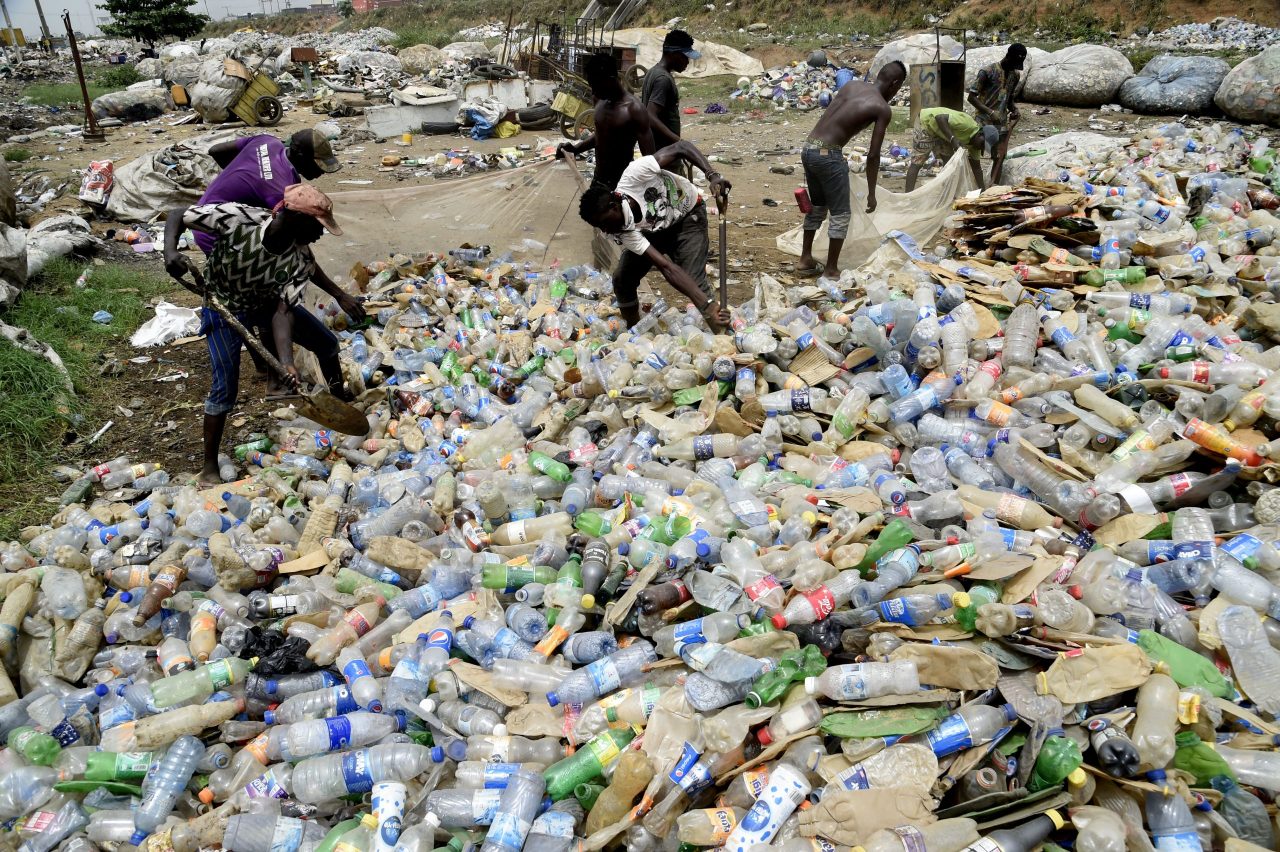 A new research released recently by the University College of London finds that climate finance is not reaching countries most in need, jeopardising trust between rich and poor nations.
A new research released recently by the University College of London finds that climate finance is not reaching countries most in need, jeopardising trust between rich and poor nations.
The report highlights that equitable finance distribution between developed and developing countries needs to become a focal point in actions taken to shape the architecture of climate finance.
While emissions in developing countries will grow substantially in the coming decades as a result of higher energy use to achieve greater economic development and improvements to the quality of life, currently most of the finance favours developed and emerging economies, particularly in East Asia & Pacific, Western Europe, and North America, which receive the bulk of funding. Only a quarter of financing has gone to countries in other regions, with Africa receiving a mere five per cent of total global climate finance.
The shortfall in investments in mitigation for low-income countries is particularly pronounced due to different investment risk considerations across countries. In regions perceived as risky, equity investors and financial lenders apply high country risk premiums, such as the additional compensation that investors demand due to the increased level of risks associated with investing in a particular country.
For instance, within the African continent, lower economic and financial development, poor regulatory quality and low business confidence cause Zambia and Ghana to experience premiums of around 18 per cent, whereas in more conducive contexts like South Africa and Morocco, these premiums could be as low as 4 per cent.
An important barrier to investments is also the level of electricity access among the population – low electricity access levels in the poorest developing countries thus put them at a further disadvantage in attracting capital, as is the case with many countries in sub-Saharan Africa.
This highlights the importance of existing government programmes to increase energy access under the sustainable development goals. However, countries with large rural populations that struggle to achieve grid-based electrification are presently disadvantaged in accessing private capital. Finally, countries’ climate vulnerability reduces their suitability for low-carbon investments.
The report recommends that multilateral development banks and international institutions expand their financing capacities and ease lending conditions to improve access to finance in developing countries, where macroeconomic conditions exacerbate sovereign risk and increase the cost of capital. This can be achieved through the provision of interest rates that are lower than prevailing market rates, extending the grace periods for loan repayments and broadening the coverage of existing financing mechanisms.
It wants IMF’s Resilience and Sustainability Trust (RST), for example, to provide affordable, extended financing to countries for tackling long-term challenges. Notably, Rwanda stands as the pioneer African nation to leverage the RST in pursuit of climate-related objectives. Additionally, it canvasses that these institutions deploy robust de-risking mechanisms that can absorb investment risks and foster a conducive investment environment. An effective strategy in this regard requires a more substantial redistribution of IMF’s special drawing rights (SDRs).
These SDRs function as international reserve assets and present a potent solution to mitigate currency risks, as put forth in the Bridgetown Agenda. By supplementing official reserves of member nations and employing a distinct international currency, the SDRs can effectively provide the necessary liquidity support for low-carbon investments while addressing currency volatilities.
The report said ensuring a more equitable distribution of finance by targeting least developed and most climate-vulnerable countries can provide resources towards nations, which do not have fiscal space to adopt new debt. Global mechanisms for raising capital should be used for reconstruction grants after climate events and could compensate for greater exposure to climate risks, while boosting resilience and investment in more vulnerable economies.
Additionally, more innovative instruments, such as debt-for-climate swaps should be extended to nations towards climate action. These financial arrangements involve a voluntary exchange or restructuring of a developing nation’s debt in exchange for their commitment to invest in climate mitigation and adaptation projects or initiatives that promote sustainability.
Finally, a better alignment of public and private finance can mobilise capital and overcome investment lock-ins created by path-dependencies in financing. International (public) efforts should focus on installing a critical renewables base which signals confidence to financial markets, after which point private capital is mobilised at scale.
Combined with domestic policy instruments, these need to target the evolution and the medium-term growth of the renewables sector. Innovative mechanisms are needed to move beyond project-specific inducements to support holistic renewable roadmaps and build networks of relationships to initiate path-dependent flows.






